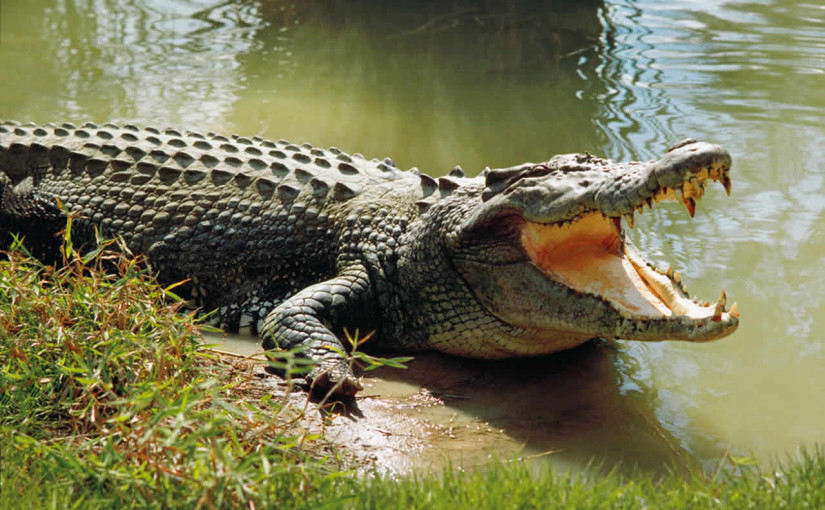Bhitarkanika National Park Tour in Odisha, is the second largest mangrove forest after Sundarban. It is Odisha’s Amazon as the estuarine crocodile sighting is itself an adventure for every tourist. You can have a boat trip through different creeks to sight the deadly crocodiles and the same time chance to encounter deers, lovely kingfishers and different birds.

Bhitarkanika National Park is a unique and biodiverse natural reserve located in the state of Odisha, India. This park, spread across an area of 672 square kilometers, is home to some of the rarest species of flora and fauna in the world. The park is located in the Kendrapara district of Odisha, and is a popular tourist destination for nature lovers and wildlife enthusiasts.
Bhitarkanika National Park is known for its rich mangrove ecosystem, which is home to a wide variety of flora and fauna. The park is located in the delta region of the Brahmani-Baitarani river system, which creates a unique environment that is conducive to the growth of mangroves. The mangrove ecosystem of Bhitarkanika is the second largest in India, after the Sundarbans in West Bengal.
One of the main attractions of Bhitarkanika National Park is the opportunity to see the endangered saltwater crocodile in its natural habitat. The park is home to over 1,600 saltwater crocodiles, making it one of the largest crocodile populations in India. Visitors can take a boat ride through the mangrove forest to see the crocodiles basking in the sun or swimming in the water.
Apart from the saltwater crocodile, the park is also home to a wide variety of other wildlife, including spotted deer, wild boar, jungle cat, fishing cat, and several species of snakes. The park is also a bird watcher’s paradise, with over 300 species of birds recorded in the area. Some of the common bird species found in the park include the kingfisher, egret, and heron.
One of the best ways to explore Bhitarkanika National Park is by taking a boat ride through the creeks and canals that run through the mangrove forest. The boat ride is a peaceful and relaxing way to enjoy the beauty of the park, while also getting a chance to see some of the wildlife up close.
Apart from the natural beauty of the park, Bhitarkanika is also home to several historic sites and temples. The ruins of a 9th-century fort can be found in the park, as well as several ancient temples that date back to the 6th century. The park is also home to several small villages, where visitors can experience the local way of life and enjoy some delicious local cuisine.
The best time to visit Bhitarkanika National Park is between November and February, when the weather is cool and dry. During this time, the park is also home to a large number of migratory birds, making it an ideal destination for bird watchers. Visitors should plan to spend at least two to three days in the park to fully explore all that it has to offer.
In order to visit Bhitarkanika National Park, visitors need to obtain a permit from the forest department. The permit can be obtained either online or from the forest office in the nearby town of Rajnagar. Visitors are also required to hire a guide to accompany them during their visit to the park.
Overall, Bhitarkanika National Park is a must-visit destination for anyone who loves nature and wildlife. The park’s unique mangrove ecosystem, coupled with its rich biodiversity and historic sites, make it a truly unforgettable experience. So if you’re planning a trip to Odisha, be sure to add Bhitarkanika National Park to your itinerary!
Day 01 – On arrival at Bhubaneswar airport / railway station transfer to hotel. Later if time permit half day sightseeing of temples at Bhubaneswar
Day 02 – Bhitarkanika :”]Morning after breakfast proceed to Bhitarkanika which is 160kms(4hrs drive). In route visit Ratnagiri and Udayagiri sites and over night Bhitarkanika.
Day 3 : Bhitarkanika Visit….Bhubaneswar:”]Morning after breakfast with necessary permit take the boat about 3-4hrs to site the estuarine crocodiles bask on the mud-flat. There is chance to see the 4-5 kinds of kingfishers while going through the creeks with the boats and enjoy the mangrove forest. Later have a small walk in the forest to site wild species and back to boat and then proceed to Bhubaneswar.

